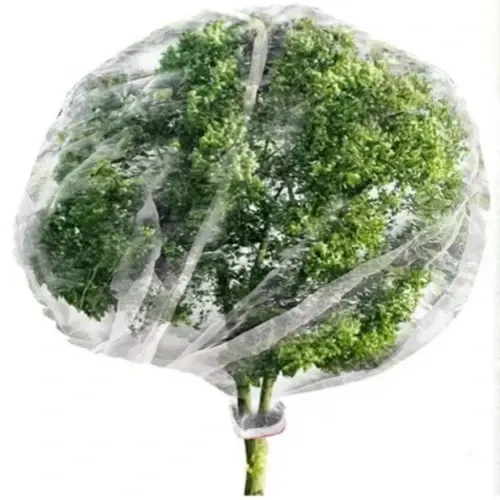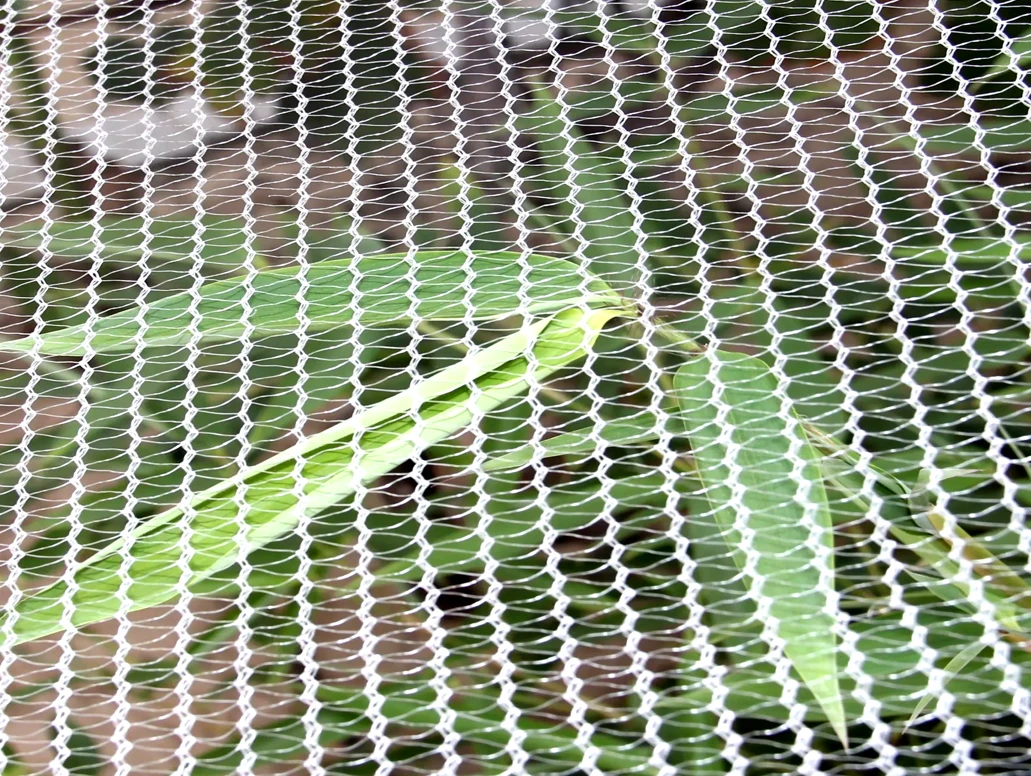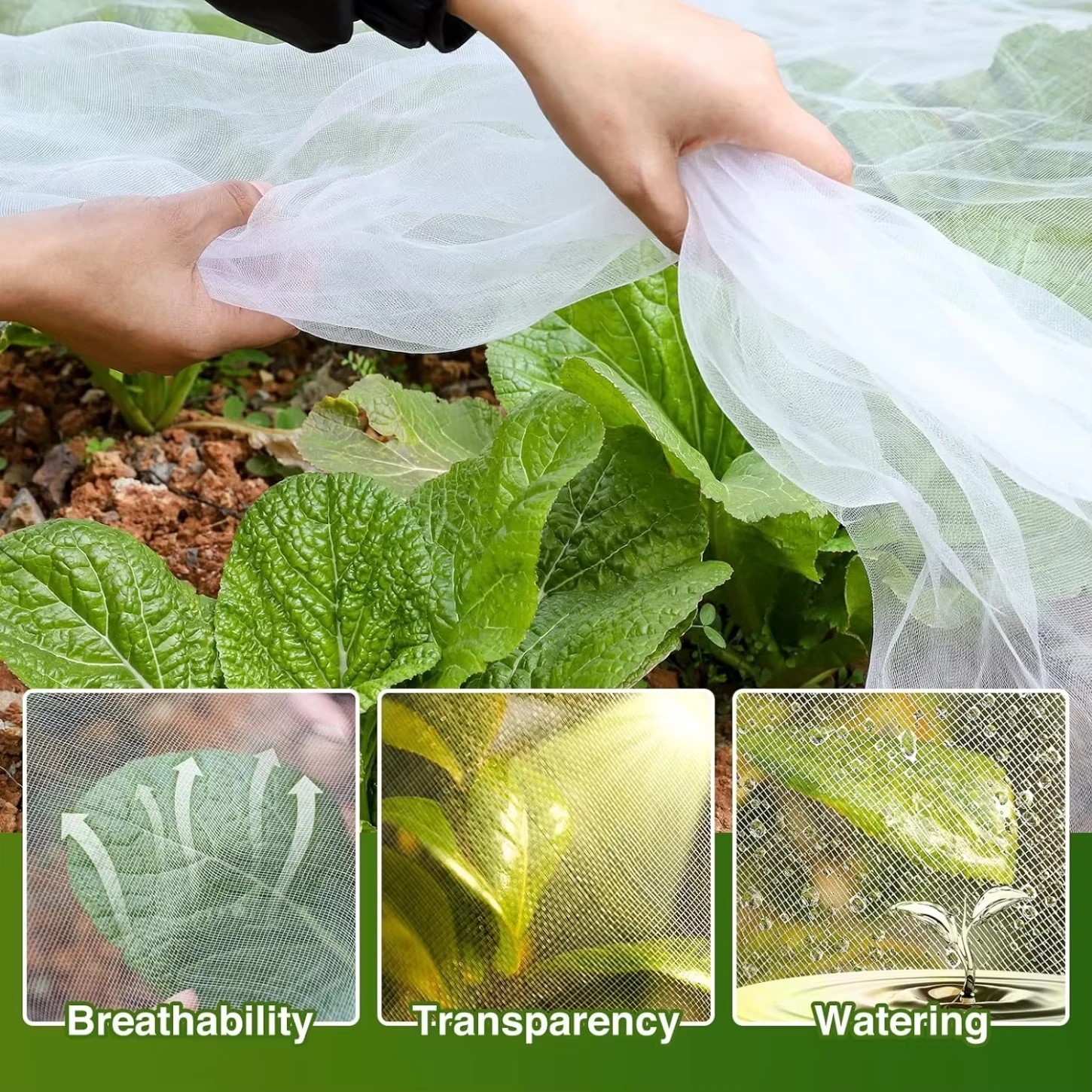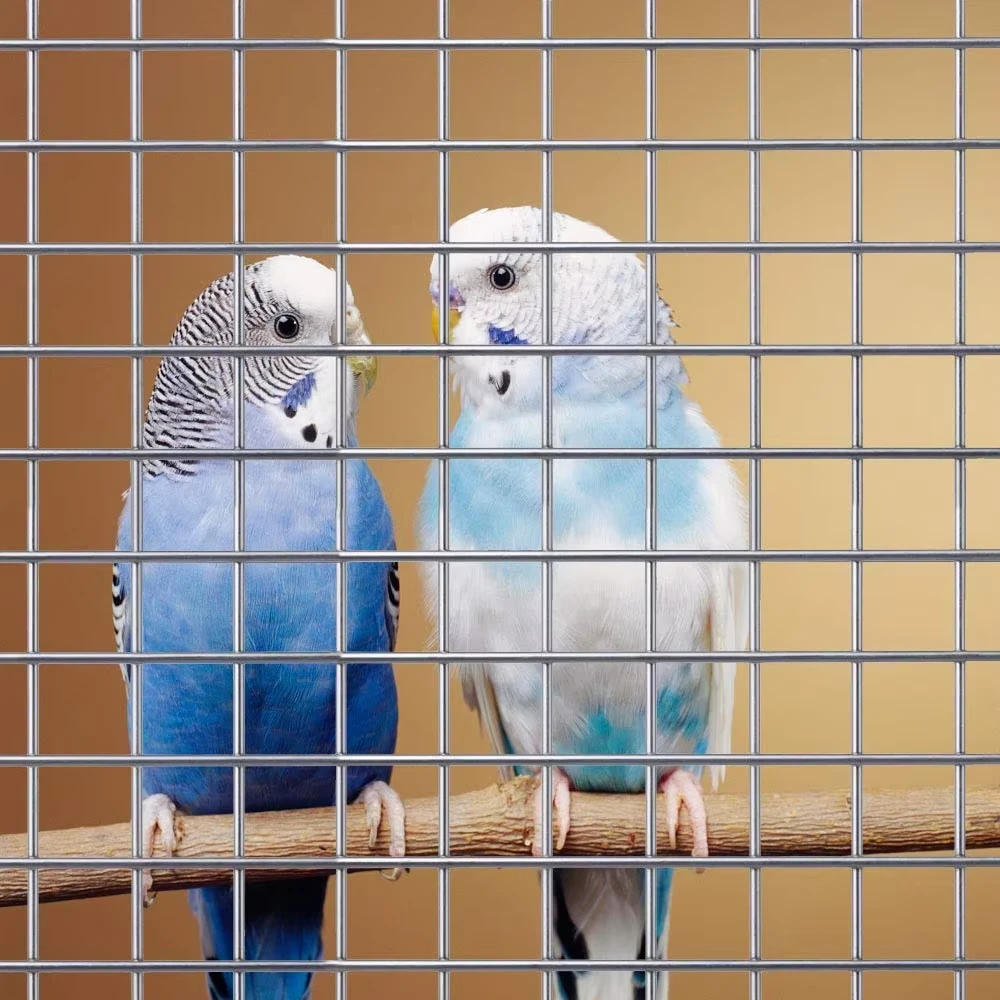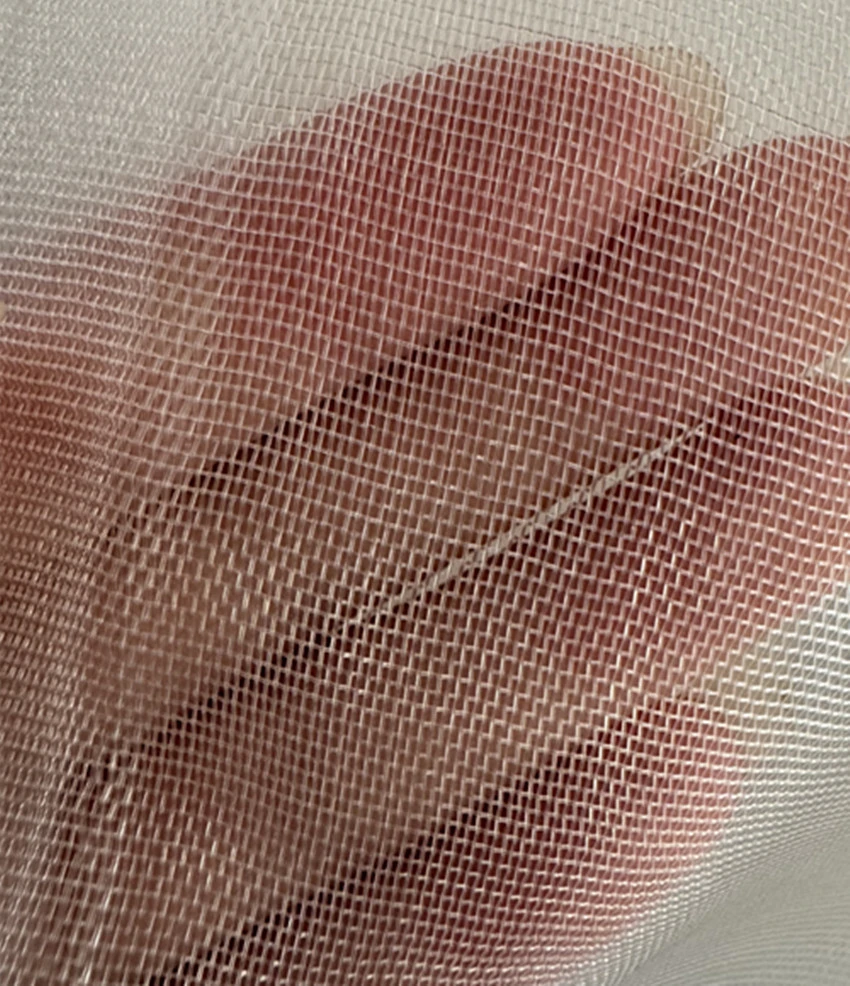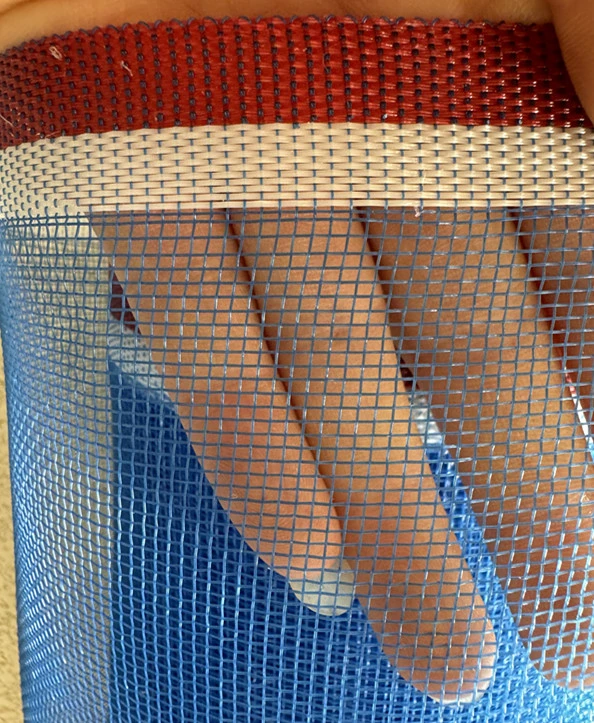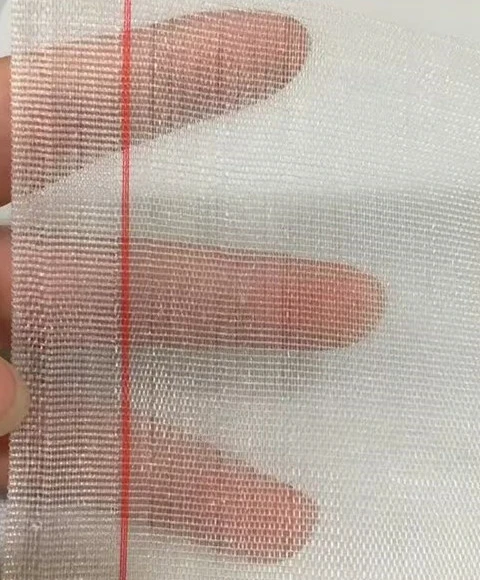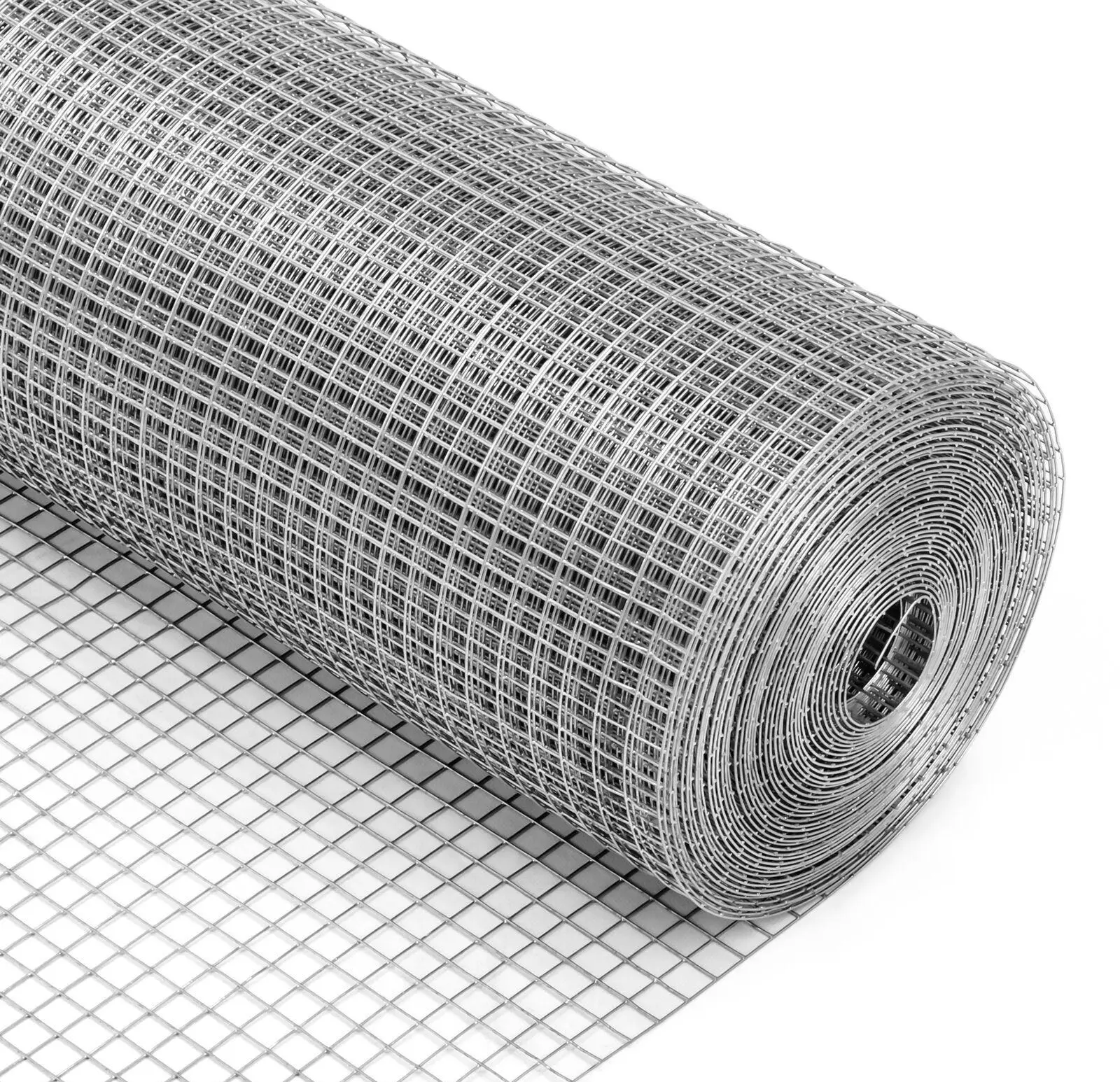-
 Afrikaans
Afrikaans -
 Albanian
Albanian -
 Amharic
Amharic -
 Arabic
Arabic -
 Armenian
Armenian -
 Azerbaijani
Azerbaijani -
 Basque
Basque -
 Belarusian
Belarusian -
 Bengali
Bengali -
 Bosnian
Bosnian -
 Bulgarian
Bulgarian -
 Catalan
Catalan -
 Cebuano
Cebuano -
 China
China -
 Corsican
Corsican -
 Croatian
Croatian -
 Czech
Czech -
 Danish
Danish -
 Dutch
Dutch -
 English
English -
 Esperanto
Esperanto -
 Estonian
Estonian -
 Finnish
Finnish -
 French
French -
 Frisian
Frisian -
 Galician
Galician -
 Georgian
Georgian -
 German
German -
 Greek
Greek -
 Gujarati
Gujarati -
 Haitian Creole
Haitian Creole -
 hausa
hausa -
 hawaiian
hawaiian -
 Hebrew
Hebrew -
 Hindi
Hindi -
 Miao
Miao -
 Hungarian
Hungarian -
 Icelandic
Icelandic -
 igbo
igbo -
 Indonesian
Indonesian -
 irish
irish -
 Italian
Italian -
 Japanese
Japanese -
 Javanese
Javanese -
 Kannada
Kannada -
 kazakh
kazakh -
 Khmer
Khmer -
 Rwandese
Rwandese -
 Korean
Korean -
 Kurdish
Kurdish -
 Kyrgyz
Kyrgyz -
 Lao
Lao -
 Latin
Latin -
 Latvian
Latvian -
 Lithuanian
Lithuanian -
 Luxembourgish
Luxembourgish -
 Macedonian
Macedonian -
 Malgashi
Malgashi -
 Malay
Malay -
 Malayalam
Malayalam -
 Maltese
Maltese -
 Maori
Maori -
 Marathi
Marathi -
 Mongolian
Mongolian -
 Myanmar
Myanmar -
 Nepali
Nepali -
 Norwegian
Norwegian -
 Norwegian
Norwegian -
 Occitan
Occitan -
 Pashto
Pashto -
 Persian
Persian -
 Polish
Polish -
 Portuguese
Portuguese -
 Punjabi
Punjabi -
 Romanian
Romanian -
 Russian
Russian -
 Samoan
Samoan -
 Scottish Gaelic
Scottish Gaelic -
 Serbian
Serbian -
 Sesotho
Sesotho -
 Shona
Shona -
 Sindhi
Sindhi -
 Sinhala
Sinhala -
 Slovak
Slovak -
 Slovenian
Slovenian -
 Somali
Somali -
 Spanish
Spanish -
 Sundanese
Sundanese -
 Swahili
Swahili -
 Swedish
Swedish -
 Tagalog
Tagalog -
 Tajik
Tajik -
 Tamil
Tamil -
 Tatar
Tatar -
 Telugu
Telugu -
 Thai
Thai -
 Turkish
Turkish -
 Turkmen
Turkmen -
 Ukrainian
Ukrainian -
 Urdu
Urdu -
 Uighur
Uighur -
 Uzbek
Uzbek -
 Vietnamese
Vietnamese -
 Welsh
Welsh -
 Bantu
Bantu -
 Yiddish
Yiddish -
 Yoruba
Yoruba -
 Zulu
Zulu
Geotextiles: Insect Netting
Geotextiles: Insect Netting
Insect netting is a thin fabric, similar to row cover yet thinner and more porous. Use insect netting on crops with great pest or bird pressure where there is no need to insulate the crop. It transmits up to 85 percent of available sunlight and will not block rain or overhead irrigation.
USE
This cover should not be used for frost protection as it is thinner than other row covers. Insect netting’s main purpose is to deter insects and act as a physical barrier in doing so. It will keep most insect pests away from your crops as long as plants are completely covered and the edges are securely pinned to the ground. They’ll block aphids, potato beetles, Japanese beetles, grasshoppers, leaf miners, cabbage worms, root maggots, and some vine borers.
INSTALLATION
- Prepare the bed as normal.
- Lay the cover directly on the ground, make sure to provide enough slack in the cover for the crop to grow and do not pull the cover taught.
- Make sure to seal the edges of the row cover with sandbags, soil or with row cover pins.
- Remove the cover for pollination, weeding, harvest, or when the crop is finished.
- Be careful not to punch holes or create any tears in the netting during installation.
Anti insect net
Pros
Here are some of the advantages you can expect:
- Higher yields because there is decreased pest pressure.
- Minimal heat increase so this barrier is perfect for heat sensitive crops which need pest protection during the mid-summer, like potatoes, greens, cabbages and radishes.
- Pests are reduced as there is a physical barrier around the crop. This physical barrier method also helps break the cycle of pest infestation, reducing the number of pest breakouts even into the next season.
- Diseases are reduced. Because there is a decrease is pests, there is also a decrease in the diseases these pests carry.
- No insecticides necessary. Insect netting is an organic way of battling pests rather than turning to pesticides and other harmful chemicals which, over time, may increase your pest pressure.
- Reusable. Insect netting can be used for multiple seasons is used with care.
Cons
Here are some disadvantages to consider:
- Increased cost. There are initial costs in installing insect netting. Insect netting is usually more expensive than remay row cover. However, these costs may be lower than using conventional insecticides.
- Removal and disposal. Because insect netting is a physical barrier against pests, it needs to be removed for weeding, during harvest and at the end of the crop’s lifecycle. After the netting is worn out after use over one or several seasons, it needs to be disposed of or used for other purposes.
- Degradation. Because the insect netting is so fine, it will degrade over time with use, exposure to sun and to wind. Great care must be used in the field to prevent tearing.
- Timing is important when using insect netting. If the insect netting is installed after an infestation has occurred, even if the infestation is not visible, the netting will not solve any pest problems. Pay close attention to your crop, scouting for any signs of bug presence.
-
Anti Hail Net | UV-Stable, High-Strength Orchard ShieldNewsNov.17,2025
-
Anti Bird Netting – UV-Stable, Durable, Humane ProtectionNewsNov.17,2025
-
Welded Wire - Durable, Rust-Resistant Mesh, Custom SizesNewsNov.17,2025
-
Garden Mesh Sun Shade – UV-Resistant, Durable, Custom SizesNewsNov.17,2025
-
Bird in Net Solution: Humane, UV-Resistant Bird NettingNewsNov.17,2025
-
Stainless Steel Filters: Durable, Washable, High-FlowNewsNov.10,2025




